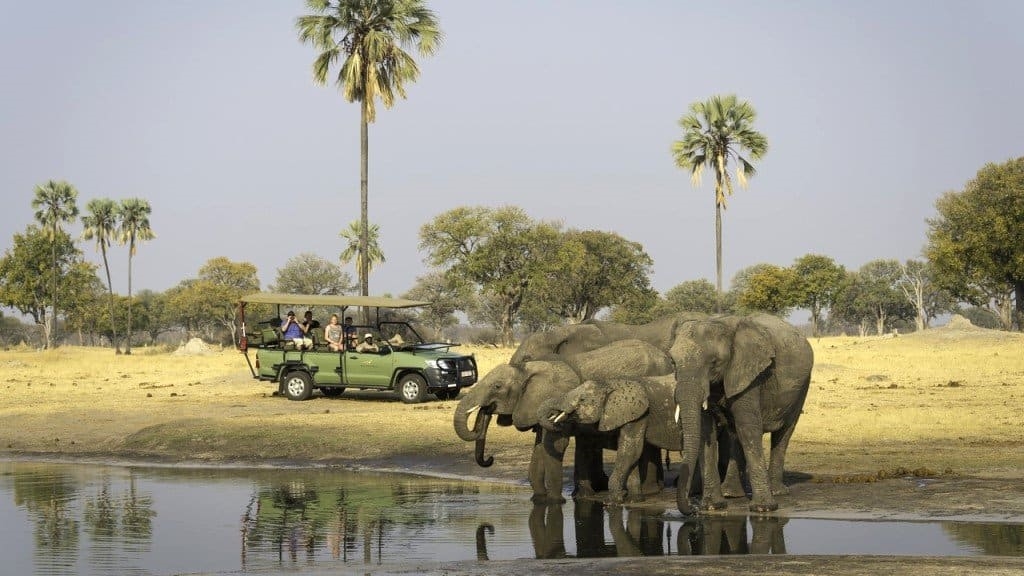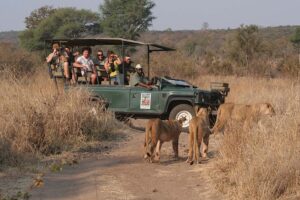Hwange National Park Wildlife Safaris: A Journey into the Wild
Hwange National Park, located in Zimbabwe, is a haven for wildlife enthusiasts and nature lovers. As the largest game reserve in the country, it offers a unique opportunity to experience Africa’s majestic wildlife in their natural habitat. Whether you’re a seasoned safari-goer or a first-time visitor, Hwange promises an unforgettable adventure filled with awe-inspiring sights and sounds.
What to See in Hwange National Park
Hwange National Park is renowned for its diverse wildlife, including the Big Five: lions, leopards, rhinoceroses, elephants, and Cape buffalo. The park is particularly famous for its large elephant herds, with an estimated population of over 40,000. Visitors can also spot a variety of other animals such as giraffes, zebras, and numerous antelope species. Birdwatchers will be delighted by the park’s rich avian life, with over 400 bird species recorded.
The park’s landscape is equally captivating, featuring vast savannahs, dense woodlands, and seasonal wetlands. The Ngweshla Pan and Kennedy Vlei are popular spots for game viewing, offering excellent opportunities to see wildlife congregating around waterholes. The park’s diverse ecosystems provide a stunning backdrop for photography and exploration.
A Bit of History and Interesting Facts
Hwange National Park was established in 1928 and named after a local Nhanzwa chief. It covers an area of approximately 14,650 square kilometers, making it one of Africa’s largest national parks. The park’s history is deeply intertwined with conservation efforts, as it was initially created to protect the region’s dwindling wildlife populations.
An interesting fact about Hwange is its unique water management system. Due to the park’s arid climate, artificial waterholes have been created to sustain wildlife during the dry season. These waterholes are maintained by solar-powered pumps, ensuring a reliable water supply for the animals.
Another fascinating aspect of Hwange is its role in the conservation of the African wild dog, one of the continent’s most endangered predators. The park is home to a significant population of these elusive animals, making it a crucial area for their protection and study.
Getting There and Tips for First-Time Visitors
Hwange National Park is accessible by road and air. The main entrance, Main Camp, is approximately a two-hour drive from Victoria Falls, one of Zimbabwe’s most popular tourist destinations. Visitors can also fly into Hwange National Park Airport, which is serviced by charter flights from major cities in Zimbabwe.
For first-time visitors, it’s essential to plan your trip during the dry season, from May to October, when wildlife is more concentrated around water sources, making it easier to spot animals. Guided safaris are highly recommended, as experienced guides can provide valuable insights into the park’s ecology and wildlife behavior.
Accommodation options within the park range from luxury lodges to budget-friendly campsites, catering to various preferences and budgets. It’s advisable to book your accommodation in advance, especially during peak tourist seasons.
When visiting Hwange, remember to pack essentials such as sunscreen, a hat, binoculars, and a good camera to capture the incredible wildlife moments. Respect the park’s rules and regulations, and always maintain a safe distance from the animals to ensure a safe and enjoyable experience.








